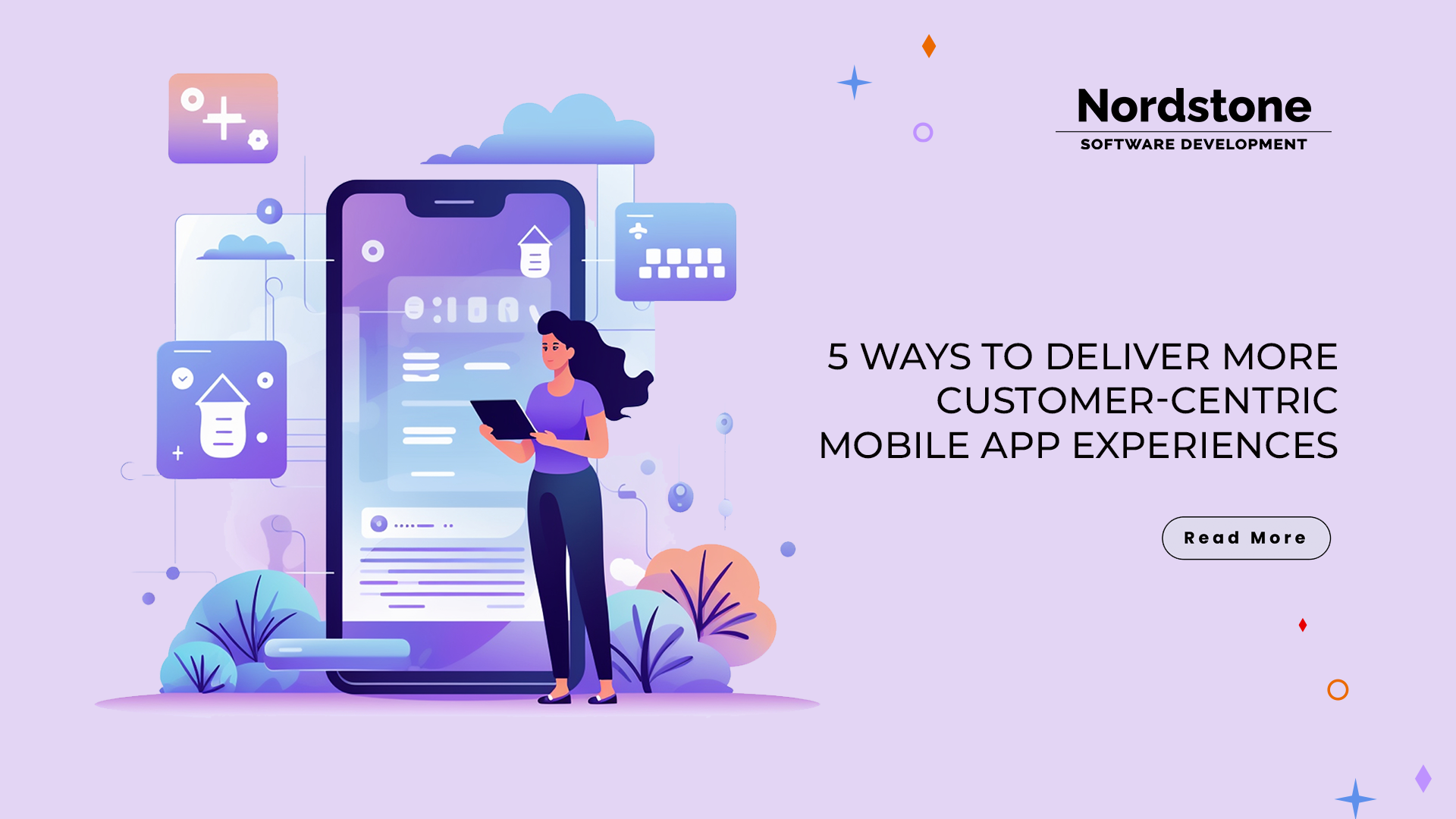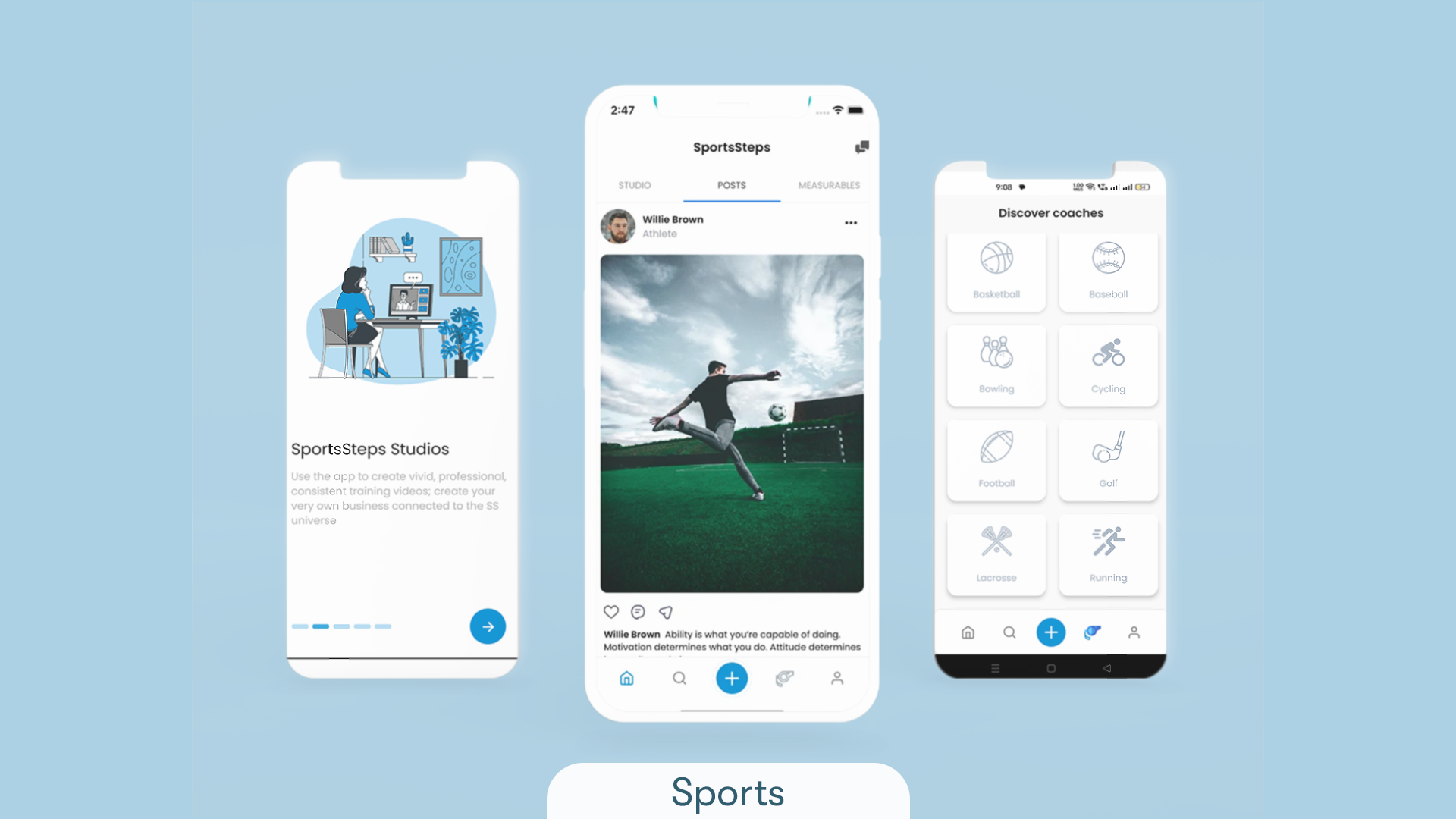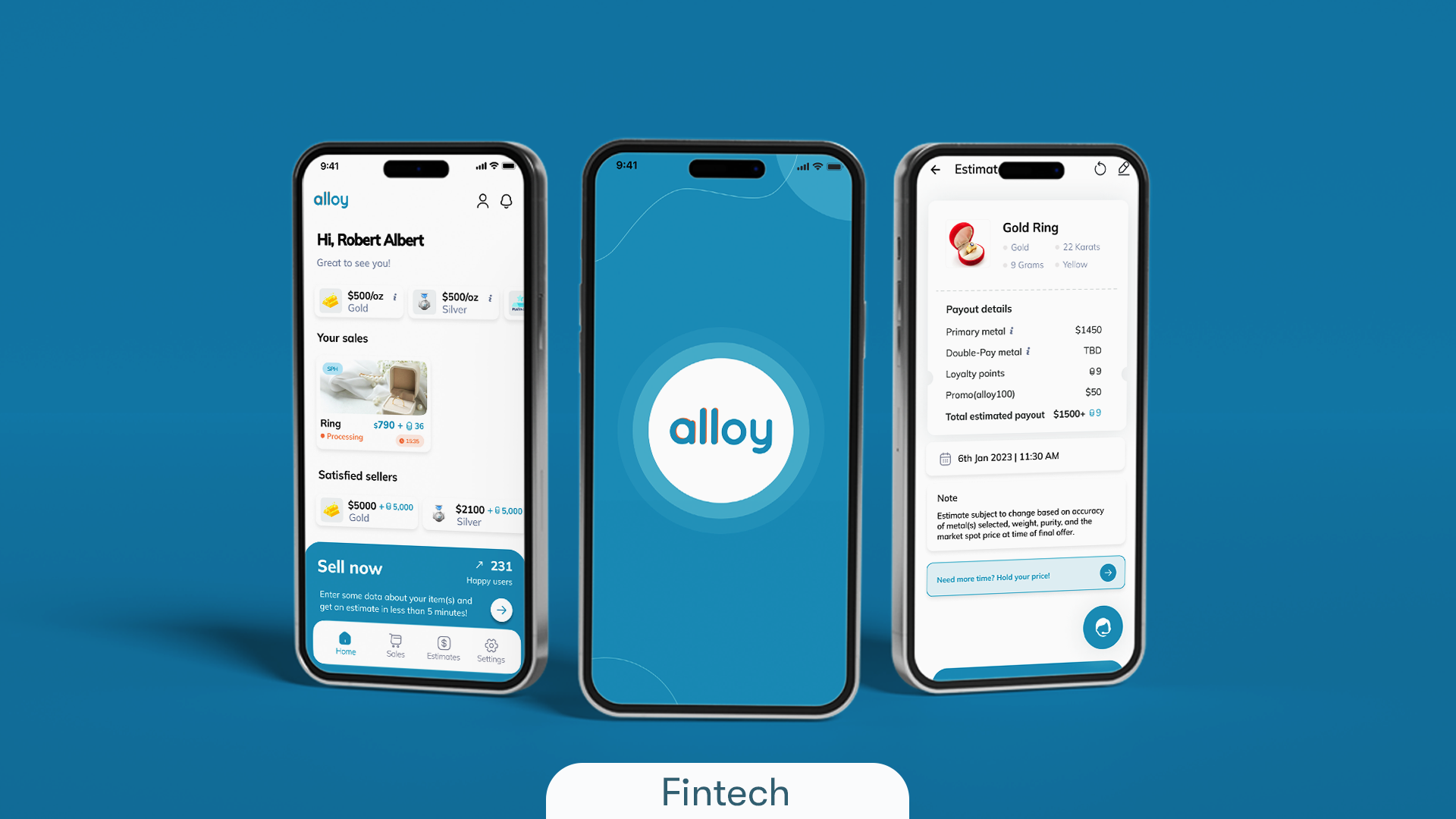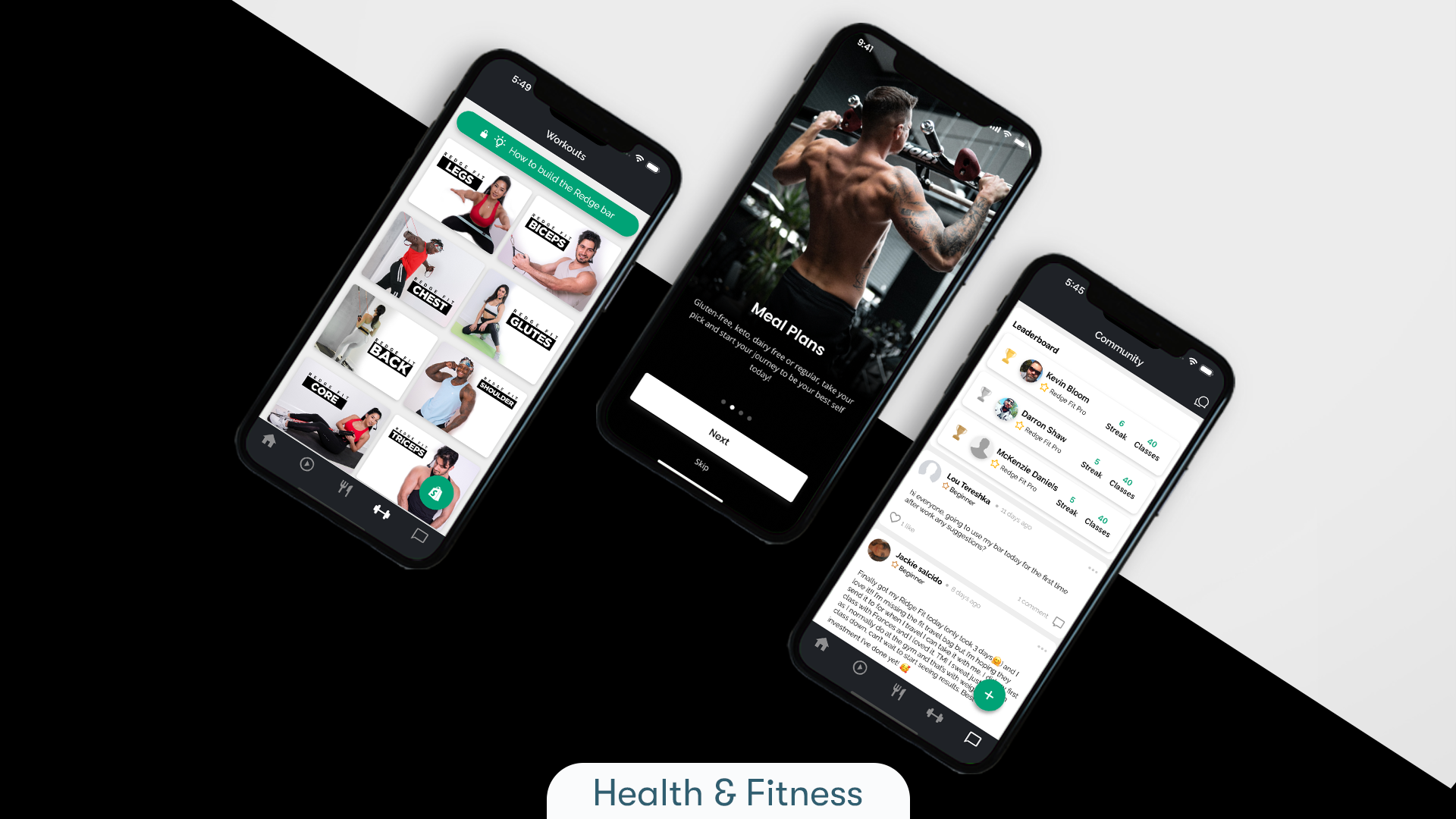July 4th, 2024 at 12:12 pm
The Modern Customer’s Demand for Personalized Experiences
Do you know what modern customers want from their mobile apps? They want apps that cater to their individual needs and preferences, providing a user experience that feels tailored and intuitive. In today’s digital era, customers increasingly seek personalised and seamless experiences. According to a survey by Accenture, 91% of consumers are more likely to shop with brands that provide relevant offers and recommendations. This shift towards personalisation is driving companies to rethink their mobile app strategies to ensure they are delivering customer-centric experiences that keep users engaged and satisfied.
What is a Customer-Centric App?
A customer-centric app is designed with the user’s needs, preferences, and behaviours at its core. It focuses on creating a user experience that is intuitive, engaging, and personalised. Such apps not only address the specific requirements of their users but also anticipate their needs, providing solutions and features that enhance the overall experience. Customer-centric apps often use data analytics, user feedback, and advanced technologies like AI to deliver a more personalised and relevant experience.
How to Deliver Customer-Centric Apps
Delivering customer-centric apps requires a deep understanding of your users and a commitment to continuously improving the user experience. This involves leveraging data insights, incorporating user feedback, and staying updated with the latest technological advancements. By adopting a customer-first approach, companies can create apps that not only meet but exceed user expectations.
5 Ways to Deliver More Customer-Centric Mobile App Experiences
1. Personalization
Personalisation involves tailoring the app experience to meet the individual preferences and needs of each user. This can include personalised content, recommendations, and user-specific features. Netflix uses advanced algorithms to analyse user viewing habits and preferences, providing personalised recommendations for movies and TV shows. This level of personalisation keeps users engaged and increases app usage.
Implementation Tips:
- Use data analytics to understand user behaviour and preferences.
- Implement personalised content and recommendations.
- Allow users to customise their app settings and preferences.
2. User Feedback Integration
Actively seeking and incorporating user feedback helps ensure the app meets the evolving needs and preferences of its users. This can involve surveys, in-app feedback forms, and user testing sessions. Slack regularly collects user feedback to understand pain points and areas for improvement. This feedback is then used to make updates and enhancements to the app, ensuring it continues to meet user needs.
Implementation Tips:
- Create multiple channels for users to provide feedback.
- Regularly review and act on feedback to make necessary improvements.
- Communicate with users about how their feedback has been implemented.
3. Seamless User Experience
A seamless user experience involves creating an intuitive and easy-to-navigate app interface. This includes ensuring fast loading times, clear navigation, and minimal friction in user interactions. Uber’s app provides a seamless experience by allowing users to quickly book rides, track their driver’s location, and make payments within the app. The straightforward design and efficient functionality contribute to high user satisfaction.
Implementation Tips:
- Conduct usability testing to identify and address any user experience issues.
- Focus on reducing load times and streamlining navigation.
- Simplify user flows to minimize the number of steps required to complete tasks.
4. Advanced Data Security
Ensuring data security is crucial for building trust with users. Customer-centric apps must prioritize the protection of user data and comply with relevant data privacy regulations. Apple emphasizes data security across all its products, including mobile apps. Features like Face ID, Touch ID, and end-to-end encryption ensure that user data is protected at all times.
Implementation Tips:
- Implement robust security measures such as encryption and secure authentication.
- Regularly update security protocols to address new threats.
- Communicate transparently with users about how their data is protected.
5. Continuous Improvement and Updates
Continuously improving the app through regular updates ensures that it remains relevant and valuable to users. This includes adding new features, fixing bugs, and enhancing existing functionalities. Instagram frequently updates its app to introduce new features, improve performance, and address user feedback. These updates keep the app fresh and engaging for users.
Implementation Tips:
- Establish a regular update schedule to address bugs and introduce new features.
- Monitor app performance and user feedback to identify areas for improvement.
- Stay informed about industry trends and incorporate relevant advancements.
Do’s and Don’ts for Customer-Centric App Development
Do’s
- Do Prioritize User Feedback
Regularly gather and implement user feedback to ensure the app meets their needs. According to Microsoft, 77% of customers view brands more favourably if they seek out and apply customer feedback. - Do Ensure Security and Privacy
Use advanced security measures to protect user data and comply with relevant regulations. A report by Cisco found that 84% of consumers care about the privacy of their data and are more loyal to companies that protect it. - Do Focus on Personalization
Use data analytics to deliver personalized content and experiences. Research from Epsilon indicates that 80% of consumers are more likely to make a purchase when brands offer personalized experiences. - Do Perform Regular Updates
Keep the app updated with new features and improvements based on user feedback. A study by Localytics found that 49% of people will stop using an app if it is not updated regularly - Do Simplify the User Experience
Design intuitive navigation and reduce the number of steps required to complete tasks. Google’s research shows that 61% of users are unlikely to return to a mobile site they had trouble accessing, emphasising the need for simplicity and ease of use.
Don’ts
- Don’t Ignore User Complaints
Failing to address user complaints can lead to dissatisfaction and decreased app usage. Research by Esteban Kolsky suggests that 13% of unhappy customers will share their complaints with 15 or more people. - Don’t Overlook Security
Neglecting security measures can result in data breaches and loss of user trust. IBM reports that the average cost of a data breach is $3.86 million, highlighting the financial impact of poor security. - Don’t Overcomplicate the UI
A cluttered and confusing interface can frustrate users and drive them away. Forrester Research found that a well-designed user interface could increase conversion rates by up to 200% - Don’t Neglect Testing
Insufficient testing can lead to bugs and a poor user experience. According to Tricentis, software failures cost the economy $1.7 trillion in financial losses in 2017 - Don’t Delay Updates
Failing to provide timely updates can make the app feel outdated and less relevant. Gartner predicts that by 2022, 70% of software interactions in enterprises will occur on mobile devices, underscoring the importance of timely updates
What Lessons Can We Learn from These Customer Experience Statistics?
The statistics and examples provided highlight the critical importance of delivering customer-centric mobile app experiences. Modern users expect personalization, seamless interactions, and robust security. They value apps that continually evolve to meet their changing needs and preferences. By prioritizing these elements, companies can create mobile apps that foster user loyalty and satisfaction.
At Nordstone, located in London, UK, we specialize in developing customer-centric mobile apps that cater to the unique needs of each client. Our team is dedicated to creating intuitive, secure, and continuously evolving apps that keep users engaged and satisfied. Schedule an appointment with us to discuss how we can help you deliver a more personalised and impactful mobile app experience.











